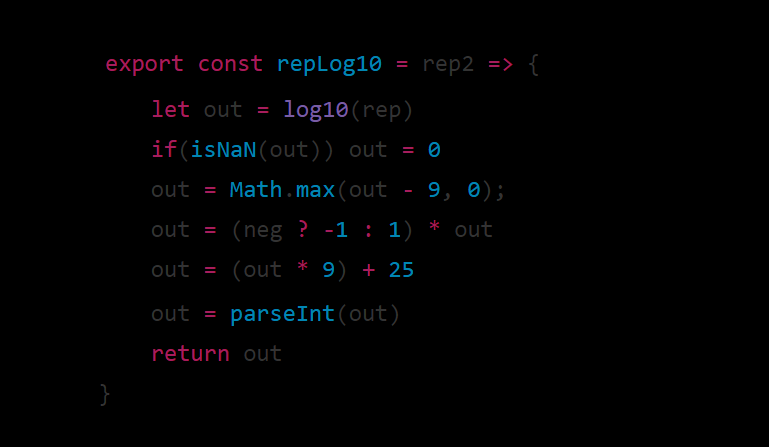Unlike popular social media or blogging platforms—where content and activity, and for some people, a verification badge, are the best indicators of what a user is like and what quality he adds to the network—Steemit has a dedicated reputation score system coded into the blockchain. Most Steemit users, if not all, notice the reputation score written next to their Steemit username or name (if set).
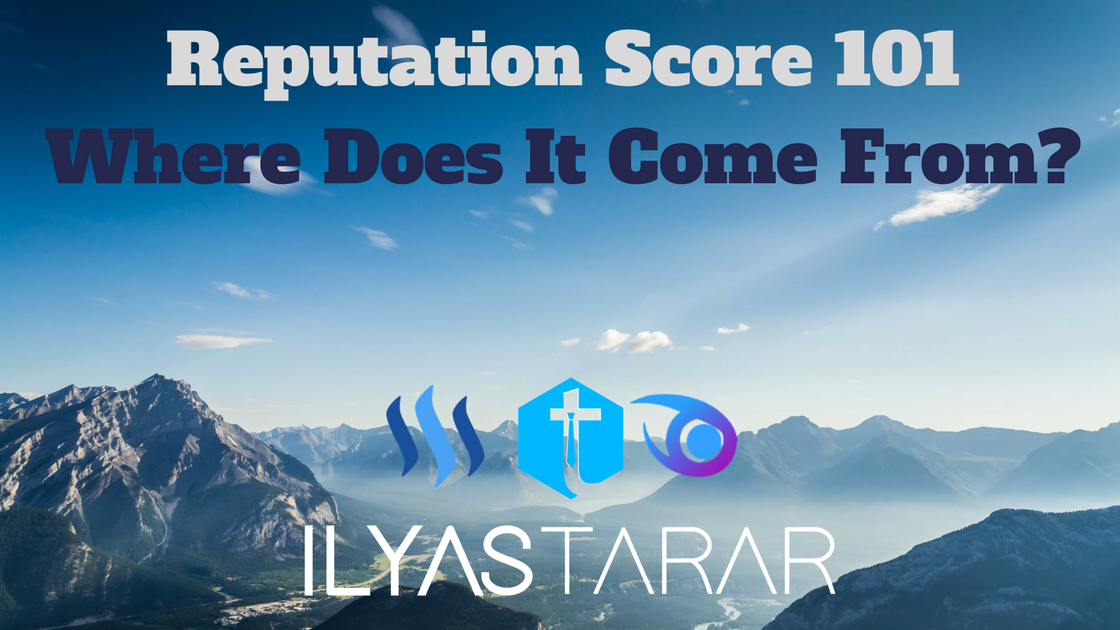
Image created using free tool Canva.com
Why Is This Tutorial Needed?
But too many times, we come across newbie users showing a complete disregard for their reputation score and repeating things which get them flagged. The inspiration behind compiling a complete tutorial/guide on reputation score system is to help newbies understand that reputation score is important. Once they realize how critical their reputation score is, it is natural that they will start doing the right things on Steemit.
In short, this post will serve as a significant contribution to the betterment of Steem ecosystem by imparting right knowledge and encouraging right behavior on the network. Please do help it reach more people and mention its link in your blog posts.
Following are the things you should know about Steemit reputation score system. The code governing reputation system may change in future as the system evolves but reputation scores are here to stay for a long time.
Reputation Score Starts at 25
When you joined, you had a reputation score of 25. Same is the case of all Steemians. All new accounts are created with a reputation score of 25 and it is up to the user to increase or decrease it through his interaction with the blockchain and with other users.
It Increases Only with Upvotes
Upvotes you get on your content—posts and comments—are the only variable related to your reputation score. But there are some interesting limitations too. How that is done or calculated is shown as you read further.
Reputation score is not affected when:-
- You upvote others.
- You receive author rewards in your wallet.
- You earn curation rewards.
- You publish a post or comment on a published post.
In short, only the upvotes you get will increase your reputation score. Nothing else!
Only Downvotes/Flags on Your Content Decrease Your Reputation Score
Only the flags (also called downvotes) can decrease your reputation score. Again, some protectionis enabled in the code to prevent abuse. How that is done or calculated will also be explained later as well.
Reputation & Account Value are NOT Related
There is no direct relationship—whatsoever—between your reputation score and the value of your Steemit account (as shown in the wallet). Which means that reputation score is independent of:-
- The amount of Steem in a user's wallet.
- The amount of Steem Power—owned or/and delegated—that a user has.
- The amount of SBD in his wallet.
Since the Steemit wallet balance is not related to reputation score, it does not matter if you buy steem, power down, receive or send Steem/SBD to or from exchanges and send Steem or SBD to a fellow user. Your reputation score will remain unaffected.
There are scores of Steemit accounts having a reputation score of 25 but SP worth millions of dollars.
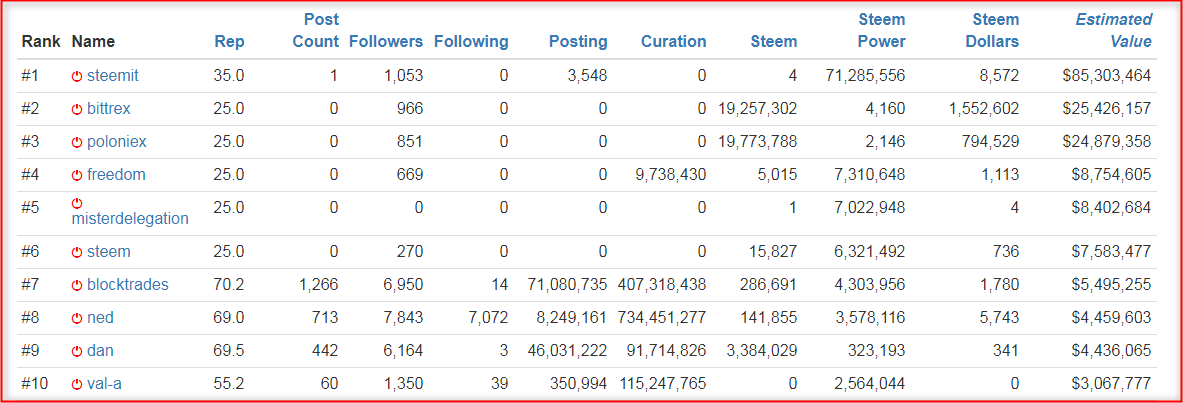
Screenshot taken from Steemwhales.com
Conversely, there are Steemians with higher than 70 reputation who do not possess much value in their wallets.
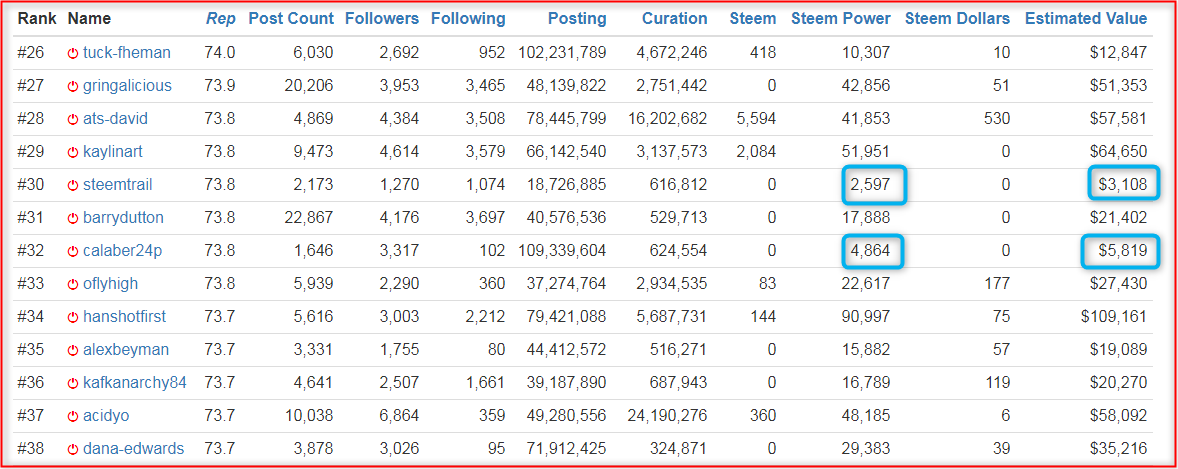
Next thing is based on this very logic.
Reputation Doesn't Determine if You're a Whale or a Minnow
As mentioned in the previous point, reputation score has no direct effect on your account value and vice versa. Therefore:-
Reputation score does not determine if you are a Steemit whale or a minnow; the amount of Steem Power does.
Examples are quoted previously.
Protective Limitations of Reputation Score System
We have already said that upvotes increase and flags/downvotes decrease reputation score but with some limitations. There are two major limitations to votes (upvotes or flags) affecting reputation score. Let's discuss them briefly.
1. Negative Reputation Accounts Cannot Affect Reputation of Other Accounts
If a user has a negative reputation, he can upvote or downvote posts and comments. These upvotes or downvotes will affect rewards on those comments or posts corresponding to the Steem Power of that account, remaining voting power and applied voting weight. But such a vote or downvote will not affect reputation score. In short, negative reputation holders cannot affect reputation score of other users.
2. You Must Have Higher Reputation to Affect Reputation of Another User Through Downvoting/Flagging
Again, you can affect the rewards and even zero them. But if you have a lower reputation than the user you are flagging, his/her reputation will not be affected.
When I understood these limitations, I realized why my reputation was not affected when Booster downvoted some of my active posts. Thankfully, I had a higher reputation than Booster. Only the two flags from its owner (a user with a higher reputation than mine) affected my reputation. It wasn't much of a loss because he had delegated most of his SP to booster (thankfully). These were the only flags in my entire Steemit careers and they were angry flags on more than decent posts. I want no more because I'm an upvote person. Haha!
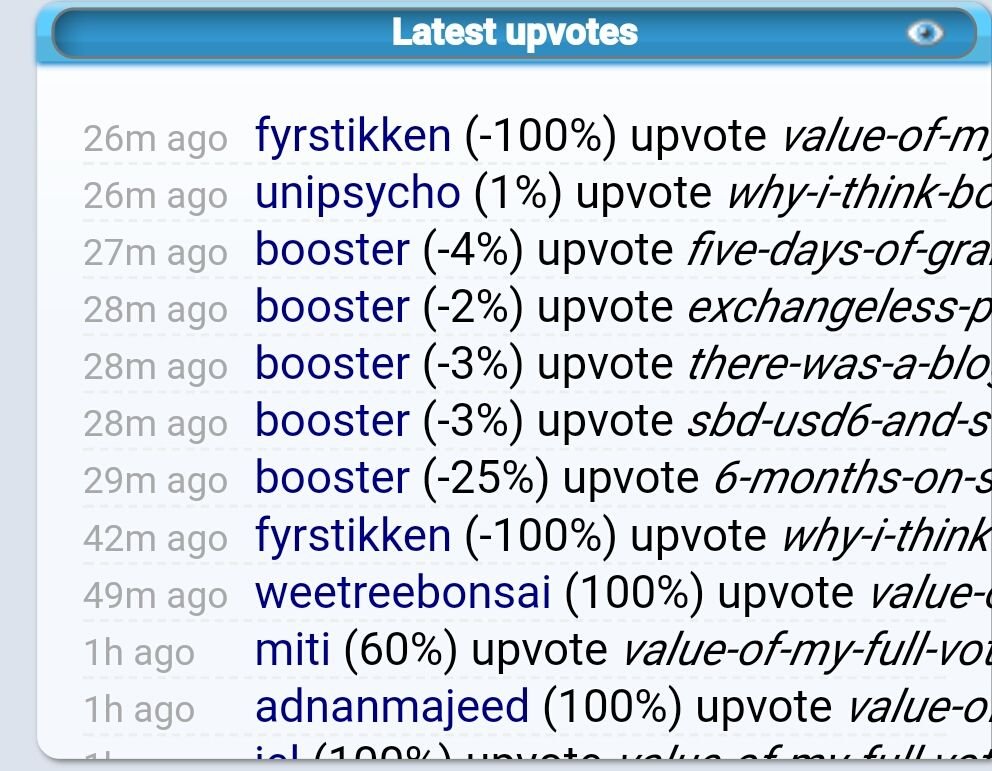
These limitations are placed to prevent any abuse of SP by low reputation users and to protect the reputation of users who have worked hard on the platform to earn the reputation score they now possess. Beautiful from Steemit devs!
Where Does Reputation Score Come from and How Is It Calculated?
Reputation score system is part of the underlying code of Steem blockchain. I'm not a programmer so I will not go into much detail about the code. If I share some detail or snippet, it will be credited to the rightful creator of that detail.
There's one strange but understandable thing that you need to understand before you can understand how Steemit reputation score works.
Reward Shares
If you have studied Steemit reward system in detail, you know that 25 % of the reward on a post or a comment is distributed among curators; the people who upvote on content. How that curation reward is calculated is how the reputation score is determined as well. Interesting? Let's see.
I received the payout for a post today. When I checked details of votes on it on Steemdb.com (Steem Blockchain Explorer), it showed Reward Shares in TRS, GRS, and MRS. I guessed from T, G and M that these should be for Tera, Giga and Mega while RS should be Reward Shares.

Kilo, Mega, Giga, Tera, Peta etc. are prefixes as we know them. Here's the chart of prefixes taken from this article on prefixes.
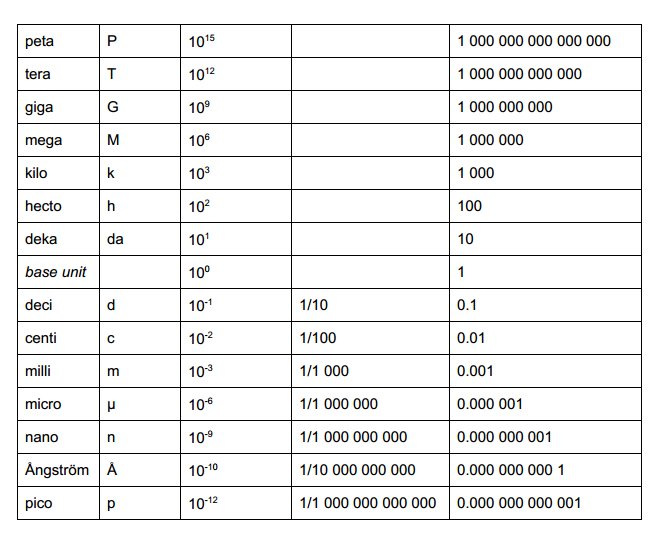
So, @lukestokes got the highest Reward Shares from the 25 % curation reward on this post of mine; meaning that he got the biggest chunk of the curation reward. While not the topic of this post, curation rewards collected by curators do play a key role in affecting your reputation. Amount of reward shares depends on following factors.
- Timing of the upvote.
- Reputation of the curator.
- Steem Power held by the user.
- Remaining voting power and the vote percentage (voting weight) of that upvote.
Reward shares have a complex code behind it, but once calculated, it gets added to your reputation score except in case of the two limitations discussed above. When someone flags you (and has a higher reputation than yours), reward shares are subtracted from your reputation, affecting it negatively and bringing it down.
How? Let's see.
Total Reward Shares = Reputation
If you get an upvote from a non-negative reputation score holding user, their reward shares get added to your reputation score, which increases. When your content is flagged by a user with a higher reputation than yours, the resulting reward shares get subtracted from your total reputation. The total sum of all the reward shares collected by curators from your content equals to your total reputation.
To see your true reputation (the total reward shares your curators collected from your content), go to steemd.com/@username (replace your name). Towards the end, you'll see Reputation and a big number written instead of a simple two-digit reputation score you see on steemit.com/@username.

I am sharing how this big reputation number translates to the mini reputation score on our profiles with the help of the personal example.
Calculating The Exact Reputation Score
As you can see in the above image, my reputation score is 6,783,462,650,904. To convert it to generic reputation score, Steemit code uses Log Base 10 function. Here's how it is done.
- Take Log Base 10 of the reputation number shown in Steemd.com
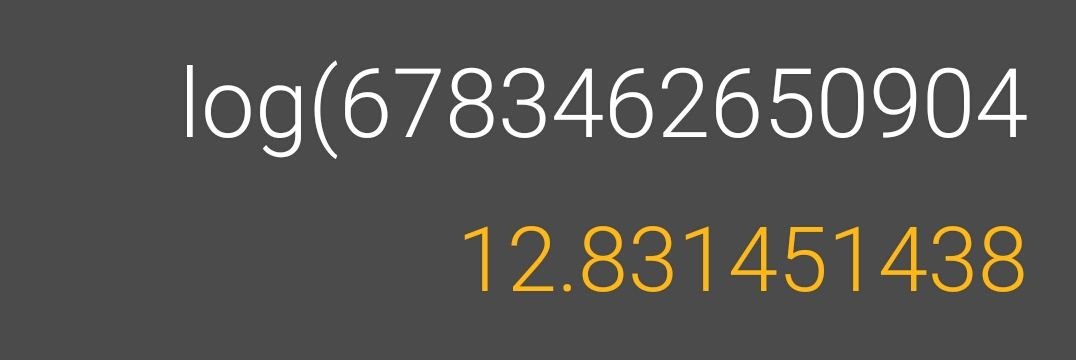
- Subtract 9 from the resulting number.

- Multiply the resulting number with 9.

- Add 25 to the number.

That's my current reputation. Here's the screenshot of my latest reputation as per Steemnow.com
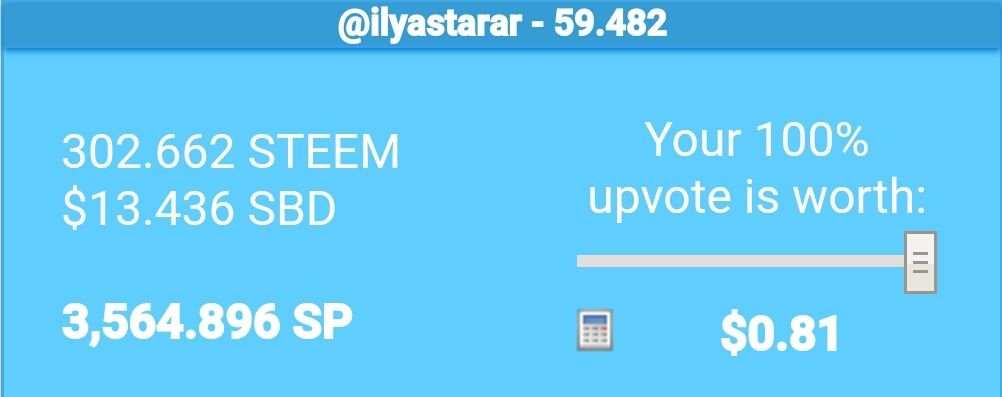
Steemit profiles show reputation score without the decimal part; just like Utopion.io shows. @esteemapp shows reputation up to two decimal points. I am sharing the snippet of exact code used for the reputation score. It is executed every time you receive a vote (upvote or a flag).
That's how the Reputation Score is calculated. Let's discuss briefly why reputation score matters.
Does Reputation Score Increase Uniformly?
Absolutely not! It is hard to go from 25 to 26, harder from 26 to 27, even harder to go to 28 from 27 and so on. There are two circulating theories about reputation score.
The first one and the less common one is that each next number is 1.3x or 30 % harder to achieve than the previous one.
The second one is that each next reputation score is 10x harder to achieve than the previous one.
I think, due to sufficient evidence and personal experience, that the second one is correct. I reached 50 in no time. In a week or so. And for more than 6 months have passed and I am yet to reach 60 (59.482 right now). 60 indeed is proving to be 100x difficult than 50 was. Read this post by @dantheman, this post by @arcange and this post by @sevinwilson to expland your knowledge. Thanks to these amazing authors.
I personally think that reputation system is so designed that only the authors with great contributions can enter 60's and 70's. Is that happening 100 % is questionable, but the large majority of users above 60 reputation score are high-quality authors or artists having good engagement with their followers.
Can Reputation Algorithm Be Tricked?
It is already being tricked and the community is raising voices to stop that from happening. This Utopian.io contribution by @jbn called for stopping voting bots from interfering with the Steemit reputation system.
Voting bots are not perfect and they reward content against payment. Anyone with enough money can tear apart reputation algorithm and it's already happening. Under the comments to the contribution I referred above, I raised an interesting question.
Will reputation score of existing users look same if the net effect of voting bots on their content is nullified?
Why is Reputation Score Important?
As a one-liner, it shows other users how much you have contributed to the platform and how the community has welcomed you. If your reputation is below 25, it is self-evident that you are not doing anything good. If your reputation is 60, it means that you have put in a lot of effort and delivered a lot of value to receive many upvotes.
Most importantly, your reputation score is a huge part of your identity on Steemit and you should take care of your impression and public image in this space.
Conclusion
In this post, Steemit reputation score has been discussed in thorough detail with elaborated examples and geeky calculations. The reputation score is a highly technical system and I wanted to simplify it for the users. I hope this tutorial serves as a useful resource for new and well as existing users.
Posted on Utopian.io - Rewarding Open Source Contributors

